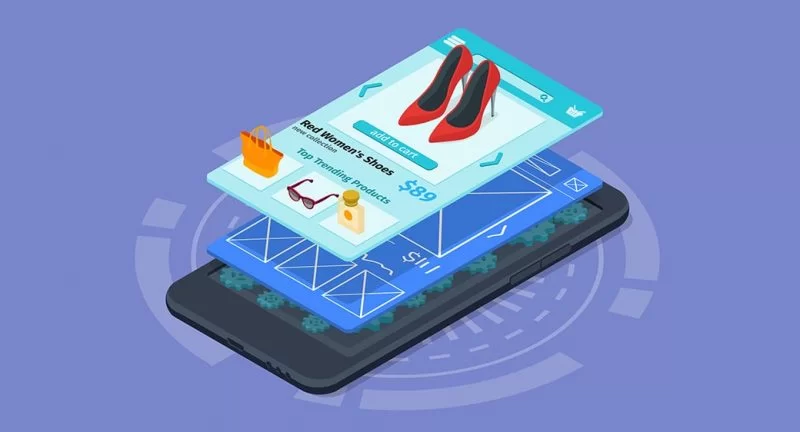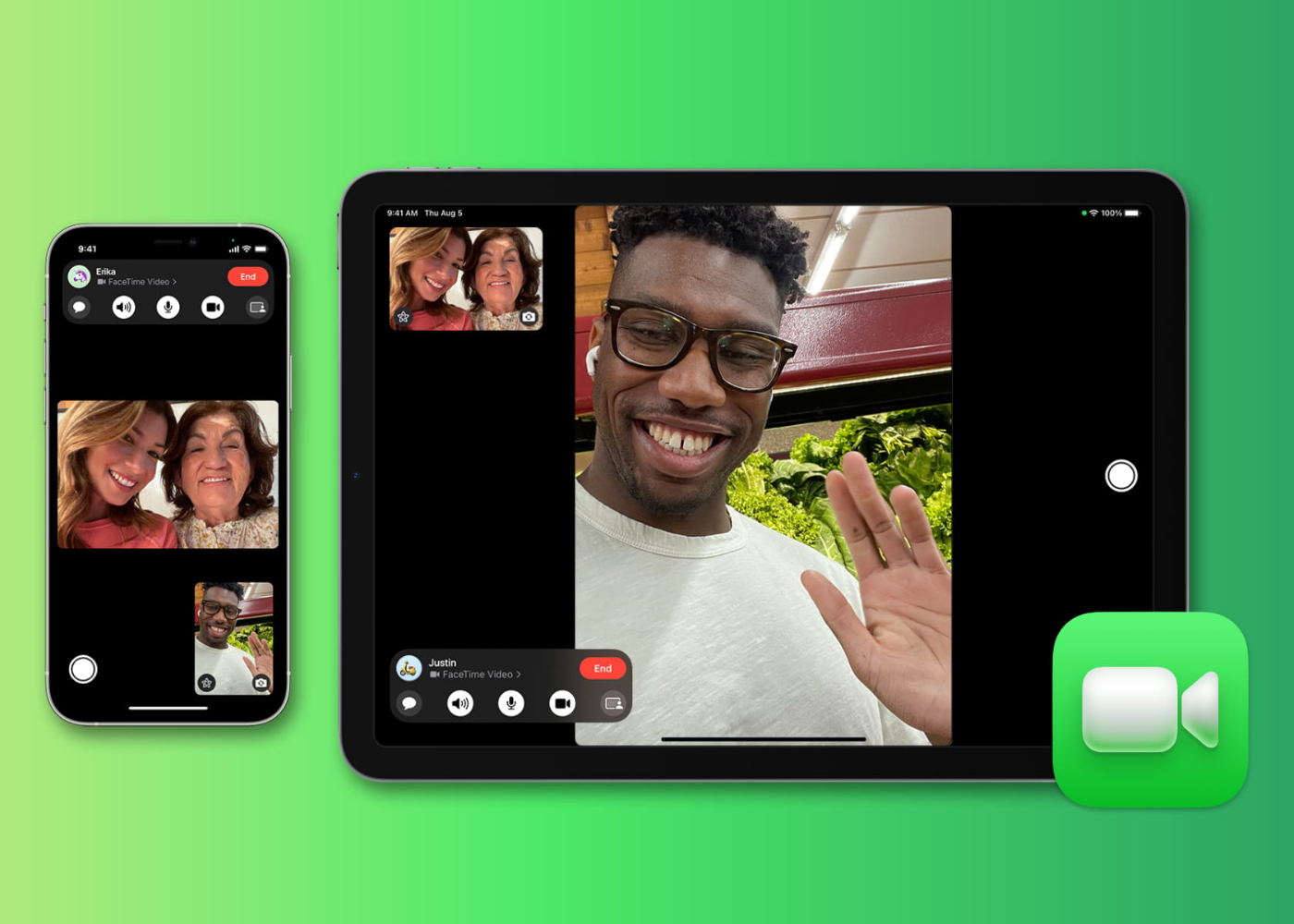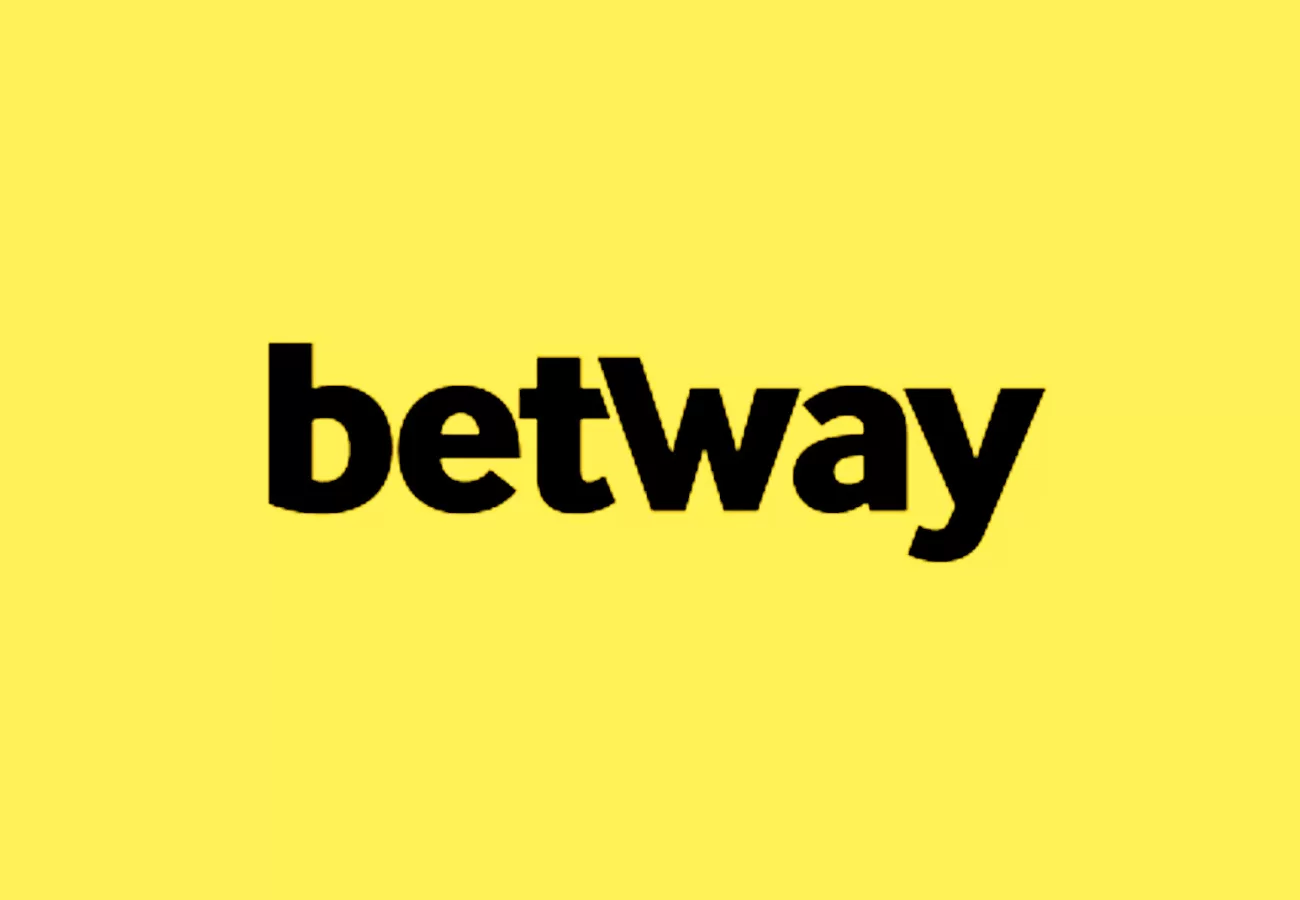In reality, Progressive Web Apps have burst onto the mobile web scene and are recklessly evolving daily. The continuous efforts for serving better to users and shedding the flaws have resulted in these lightweight yet feature-rich web apps. A point often overlooked, most Mobile and Web Application Platforms starts as a single idea.
Markedly, progressive web applications also known as PWAs are the web apps that look and feel just like a native mobile app. They work on any browser whether it be chrome, opera or Samsung internet browser. And the users are not obliged to download from the app store. Whereby, they just tap on the link and PWA is installed on the user’s phone.
Progressive Web Apps Beginners Definition
To enumerate, Progressive Web Apps (PWA)s are web apps that use modern web capabilities. In particular, to deliver an app-like experience to the end-users.
However, these progressive web apps meet certain requirements (see below). Not forgetting, they are deployed to servers, accessible through URLs, and indexed by search engines.

This can work in conjunction with Cordova to provide multiple deploy targets for all your users. You can deploy your app as a PWA as well as Native app and take advantage of both channels.
Ionic allows you to ship your app to not only the app store but also deploy to the mobile web as a PWA.
Desktop Support for Progressive Web Apps
Supported by Google, the front-end technology aims at delivering a high level of performance. Regardless of device or network condition.
Progressive Web Apps are user experiences that have the reach of the web, and are:
- Reliable – Load instantly and never show the down sour, even in uncertain network conditions.
- Fast – Respond quickly to user interactions with silky smooth animations and no janky scrolling.
- Engaging – Feel like a natural app on the device, with immersive user experience.
This new level of quality allows Progressive Web Apps to earn a place on the user’s home screen.
Progressive Web Apps Basic Requirements
To be considered a Progressive Web App, your app must be:
- Progressive – Work for every user, regardless of browser choice, because they are built with progressive enhancement as a core tenet.
- Responsive – Fit any form factor, desktop, mobile, tablet, or whatever is next.
- Connectivity independent – Enhanced with service workers to work offline or on low-quality networks.
- App-like – Use the app-shell model to provide app-style navigation and interactions.
- Fresh – Always up-to-date thanks to the service worker update process.
- Safe – Served via HTTPS to prevent snooping and ensure content has not been tampered with.
- Discoverable – Are identifiable as “applications” thanks to W3C manifests and service worker registration scope allowing search engines to find them.
- Re-engageable – Make re-engagement easy through features like push notifications.
- Installable – Allow users to “keep” apps they find most useful on their home screen without the hassle of an app store.
- Linkable – Easily share via URL and not require complex installation.
Apps should be able to work offline. Whether that be displaying a proper “offline” message or caching app data for display purpose.
Web App Manifest
An app manifest file should describe the resources your app will need. This includes your app’s displayed name, icons, as well as a splash screen.
If you link to the manifest file in your index.html, browsers will detect that and load the resources for you.
Service Worker
As an example, a service worker could be mentioned in Offline Support, but it really deserves its own section.
Equally important, the service worker provides a programmatic way to cache app resources. Be it JavaScript files or JSON data from an HTTP request.
The programmatic API allows developers to decide how to handle caching and provides a much more flexible experience than other options.
Performance is about Retaining Users
We want users to interact meaningfully with what we build. For example, if it’s a blog, we want people to read posts. And if it’s an online store, we want them to buy stuff. Whereas, if it’s a social network, we want them to interact with each other.
Performance plays a major role in the success of any online venture. Here are some case studies that show how high-performing sites engage and retain users better than low-performing ones:
- Pinterest increased search engine traffic and sign-ups by 15% when they reduced perceived wait times by 40%.
- COOK increased conversions by 7%, decreased bounce rates by 7%, and increased pages per session by 10% when they reduced average page load time by 850 milliseconds.
Here are a couple of case studies where low performance had a negative impact on business goals:
- The BBC found they lost an additional 10% of users for every additional second their site took to load.
- DoubleClick by Google found 53% of mobile site visits were abandoned if a page took longer than 3 seconds to load.
In the same DoubleClick by Google study cited above, it was found that sites loading within 5 seconds had 70% longer sessions, 35% lower bounce rates, and 25% higher ad viewability than sites taking nearly four times longer at 19 seconds.
To get a rough idea of how your site’s performance compares with your competitors, check out the Speed Scorecard tool.
WhatsApp as an Example of Progressive Web Apps
A good example of Progressive Web Apps is the WhatsApp Messenger App.
By definition, WhatsApp Messenger App is a freeware and cross-platform messaging and Voice over IP service. Although the WhatsApp platform was initially founded by Jan Koum and Brian Acton, it is currently owned by Facebook.
Furthermore, Jan Koum and Brian Acton had previously spent 20 years combined at the Yahoo Company.
In addition, the WhatsApp joined Facebook in 2014 but continues to operate as a separate Application. Especially with a laser focus on building a messaging service that works fast and reliably anywhere in the world.
Surprisingly, Whatsapp Messenger App has more than 450 million active users monthly and 320 million active users worldwide.
Here: Learn More About WhatsApp Messenger App
PWA Relationship to WhatsApp Messenger App
As an example, to date, more than 1 billion people from over 180 countries continue to make use of the WhatsApp Messenger. Whether through their smartphones or even their tablets. In particular, those that run on either iOS or Android-powered software.
Not to mention, with time, the WhatsApp team has developed a Web-based WhatsApp platform. Whereas, you’ll be able to download the WhatsApp Messenger Application and install it on your PC.
For instance, if you’ll spend more time on the internet, the WhatsApp Messenger App offers you a solution to integrate your mobile application on your browser.
On the contrary, the application allows the sending of text messages and making voice calls, as well as video calls.
In addition, if you have images and other media or documents, you’ll be able to send them instantaneously through the WhatsApp messenger. and user location.
As a user, all you need is the data bundles on your device or even internet connection to your desktop. Making it both a brother and a sister in relation to the current demand for the internet as a basic need.
Other Examples of Progressive Web Apps
It’s no secret that performance is vital to the success and profitability of any online venture. As a consequence, websites across industries are utilizing a new standard called Progressive Web Apps (PWAs) to improve their performance.
Supported by Google, the front-end technology aims at delivering a high level of performance regardless of device or network condition. They achieve that by enhancing PWAs with native-app qualities that are reliable, fast, and engaging.
While receiving lots of attention, the concept of PWAs is relatively new to most people. To deeply understand how a Progressive Web App differs from conventional responsive websites, the best way is to look at some good examples of PWAs.
Here is a list of impressive Progressive Web App examples across a variety of industries – so you can experience the new web technology yourself.
- Starbucks
- Housing.com
- Digikala
- Soundslice
- 2048 Game
- MakeMyTrip
- Uber
- Padpiper
- Yummly
- Kniveksperten.no
In our shared pursuit to push the web to do more, we’re running into a common problem: performance. Sites have more features than ever before. So much so, that many sites now struggle to achieve a high level of performance across a variety of network conditions and devices.
Performance issues vary. At best, they create small delays that only briefly annoy your users. At worst, they make your site completely inaccessible, unresponsive to user input, or both.
Resourceful References:
- Building PWA in 5 Simple Steps
- Web Fundamentals: Why Performance Matters
Get Free Updates
Notice: All content on this website including text, graphics, images, and other material is intended for general information only. Thus, this content does not apply to any specific context or condition. It is not a substitute for any licensed professional work. Be that as it may, please feel free to collaborate with us through blog posting or link placement partnership to showcase brand, business, or product.





